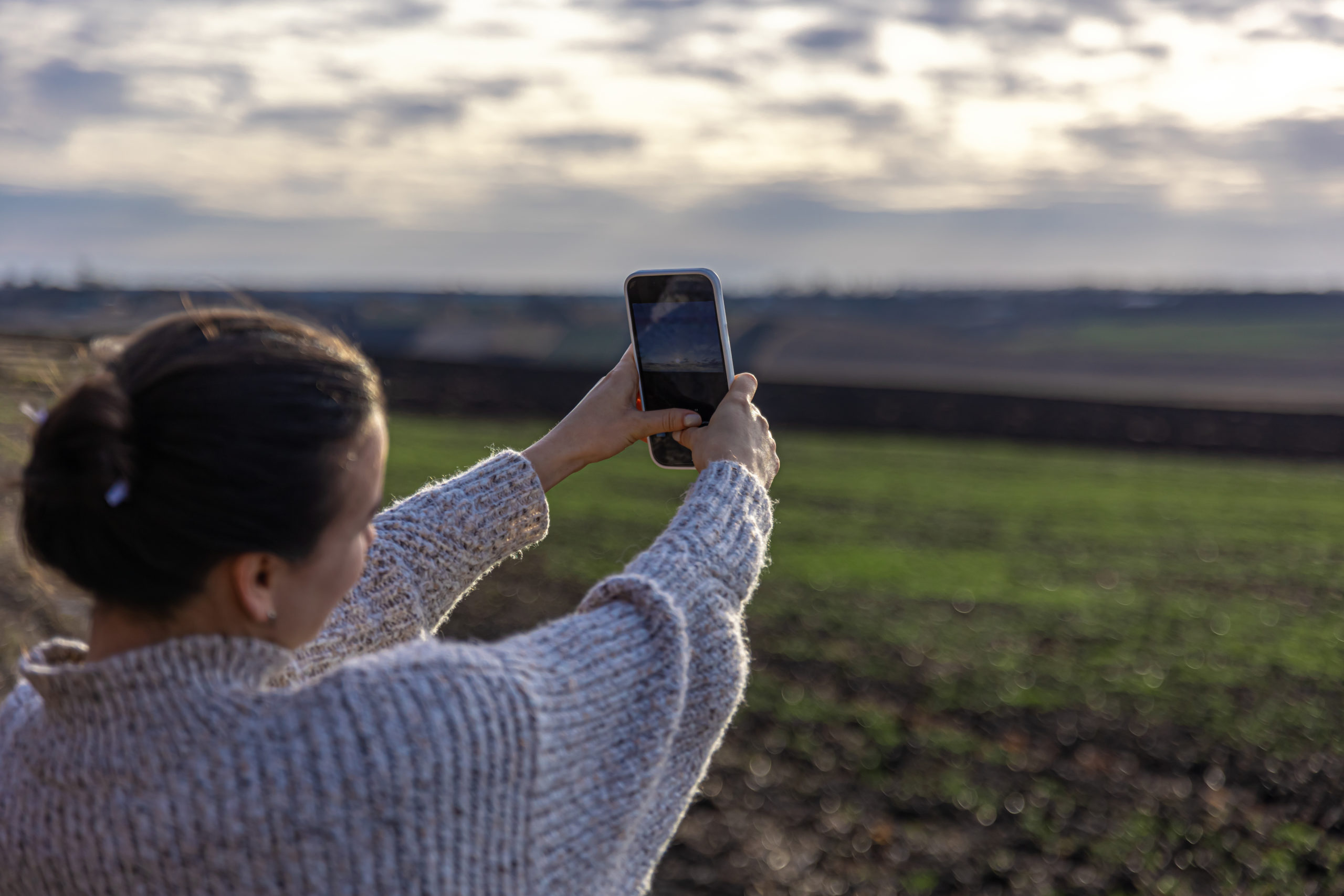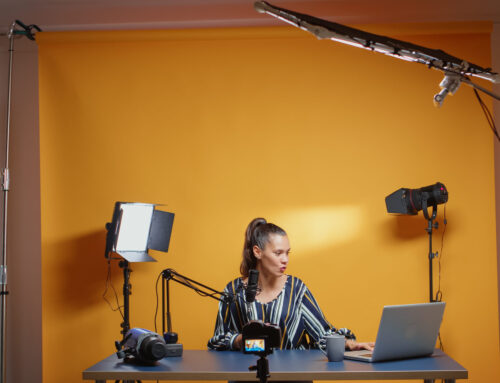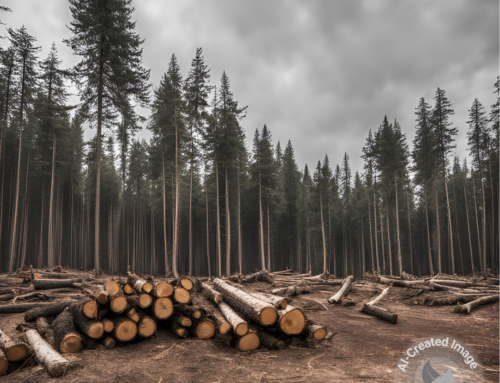
If you work in nonprofit communications, suddenly you are a professional photographer. Not only that but you are also expected to coach others on taking good photographs on their phones. And you are also supposed to know how to edit photos and then sort, manage, and store them all in some meaningful way. That’s a lot!
Let’s start with taking photos on your own phone
I learned a lot from Andy Mann, one of the participants in our Communications Director Mentoring Program. Here are three photography tips in particular that I learned from Andy:
- Most of your photos should still be horizontal, even if you are shooting for vertical placements like Instagram Stories.
- You should take many more photos from many more angles than you probably do.
- You should focus on what you want to keep (a small minority of photos you take) and delete the rest.
You can read more about the whys and hows of these three gems here.
Jeff Jones shared some of his favorite nonprofit photography tips with us too:
- Get close
- Use natural light
- Try not to use the flash
- Get action shots
- Create your own action
- Invest in equipment
And at all costs, try to avoid the “You! Up Against the Wall!” phenomenon when doing portraits.
Now, let’s talk about getting others on staff to help with photography
I think asking nonprofit staff to take photographs is a much easier ask than asking them to write. People are used to taking photos on their phones, and they are well aware of the cleanup anyone can do with cropping and filters (let alone actual Photoshopping).
Now, granted, it’s much easier on you if you don’t have to do a lot of clean-up work! That’s where training your coworkers comes in.
We shared seven ideas to help staff submit better photos. Here are the highlights:
- No boring tabling photos. Create a photo frame with a hashtag instead or use other props.
- Explain the rule of thirds and how to turn on the grid setting in phone camera apps.
- Include good photos and bad photos as examples in your style guide.
- Including a pop of bright color in the photo — even if it is otherwise pretty dull — makes all the difference.
- Remind staff to take photos by making it an event on their calendars.
- Create a very simple form that makes it easy for staff to upload photos to you.
- Ask staff to label photos immediately, soon, or evergreen so you can prioritize their use as you get them.
In addition to training, encouragement and support for your staff are key too.
Scarlett Bauman shared her story about how she got everyone from activity coordinators to maintenance supervisors to share photos with her. She included a photography tips sheet and easy procedures for submitting the best photos to her. One essential key: she asks them to send her the five best, following Andy’s advice above.
When you are ready to hire a professional photographer
Even if you can only hire a professional photographer once or twice a year, it’s definitely worth it! Professionals can save you so much time, money, and exasperation by getting the shots you need.
With the right images and a little creative cropping or overlays of colors or texts, you can turn one image into ten different graphics quickly and easily. But it all starts with those high-quality, professional photos.
Angela Crist shared her four reasons why nonprofits should invest in professional photography, and her points can help you make the case for a budget line item.
Once you finally do hire a professional photographer (or at least have some solid volunteers ready to help), then what? It’s photoshoot time!
Marta Lindsey shared her ideas on how to set up a successful nonprofit photoshoot in a two-part guest blog. Part 1 covers deciding which photos you want, getting photographers, and finding models. Part II discusses ways to ensure you can use the photos you do get.
When you have to resort to stock photography
We all need stock photography for various purposes. Sometimes you need images that are largely metaphorical (like the ones we use on this blog). Other times, you just don’t have the right images in your possession. And still other times, your organization has privacy issues that prevent you from obtaining good images at all.
Many stock photo sites are terrible because they don’t include much diversity in their human imagery, or those images reinforce stereotypes (like all white men in suits for searches for “boss” or “management”). Photo site search engines can also be challenging to work with, making it hard to find the right images without scanning over hundreds of them.
That said, we’ve seen a number of stock photography sites recommended repeatedly by and for nonprofits. We compiled them in this list of six inclusive stock photography sites every nonprofit should have bookmarked.
Managing the way your nonprofit uses photography
Surprise, surprise, your nonprofit also expects you to be the IT manager of all the photos and the staff attorney on permissions and ethical uses!
Holly Bodner shared her advice on photo permission forms and ethical photography standards with us.
Leah and Andrew Hood talk about ways to organize your nonprofit’s photos.
Some final words of advice on nonprofit photography
As you work through which photos you need and how to get them, you might also find these posts helpful:
- Are sad photos a must in fundraising? No.
- How to make your media pitches camera ready
- How to rock Instagram without photos
Need more help with nonprofit photography? Join our Free Membership to access our Private Community with dedicated spaces to visual content skills, content creation, and more.





